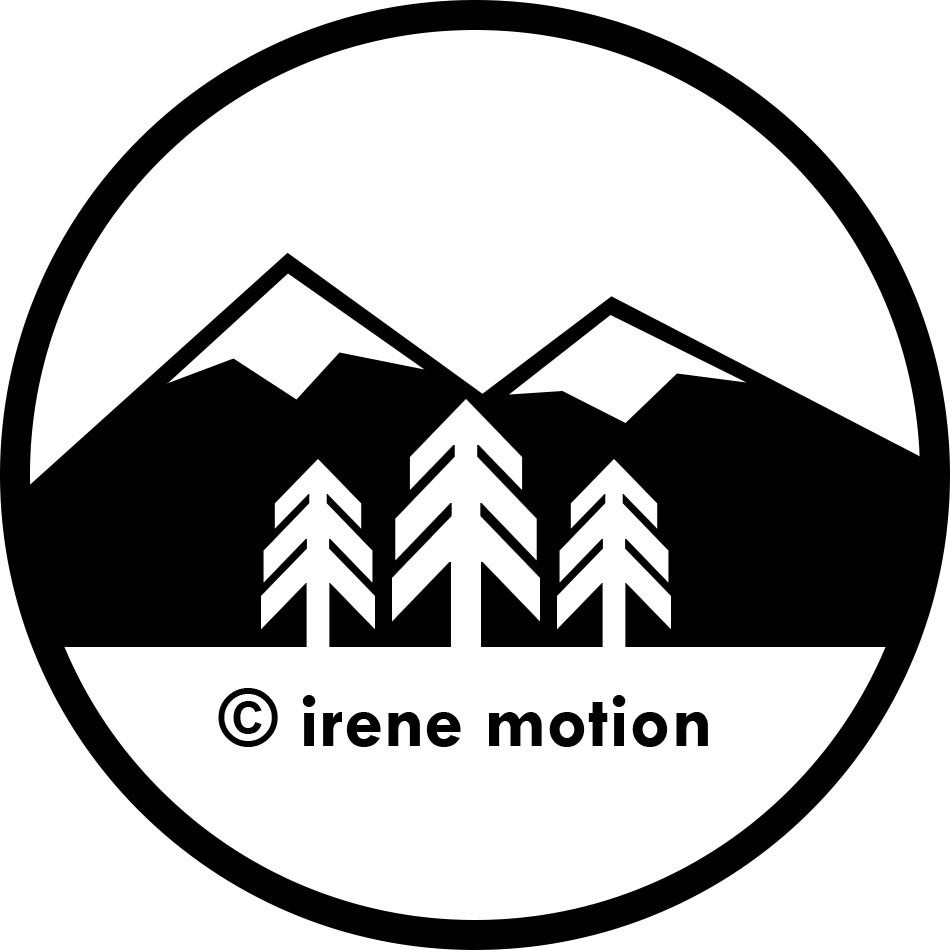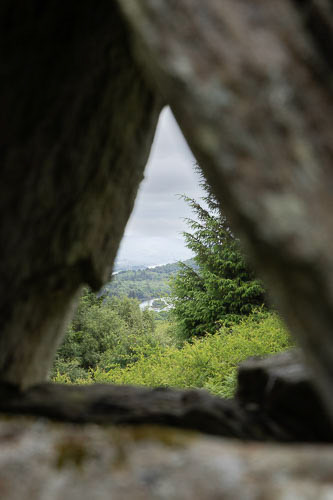
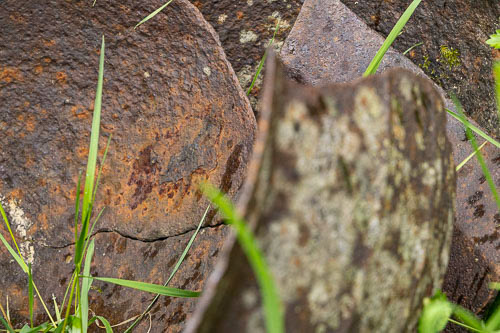

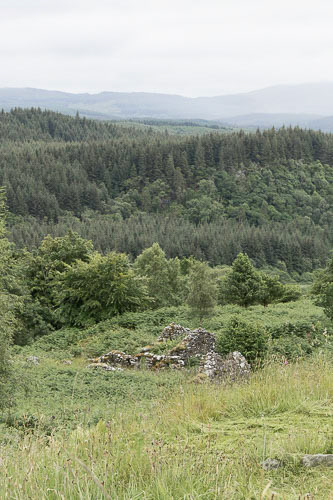

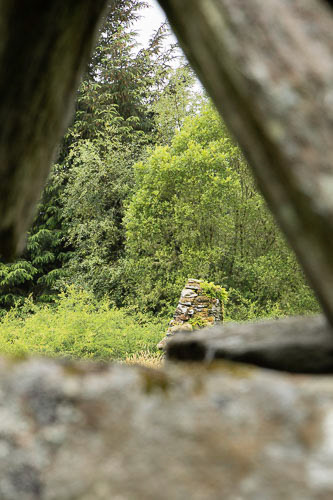
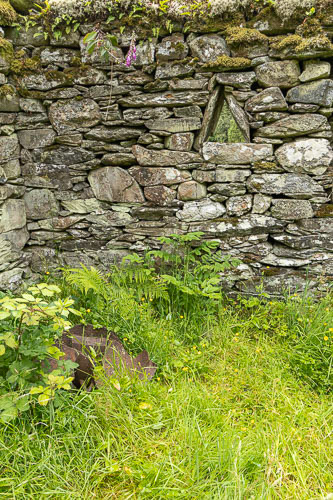
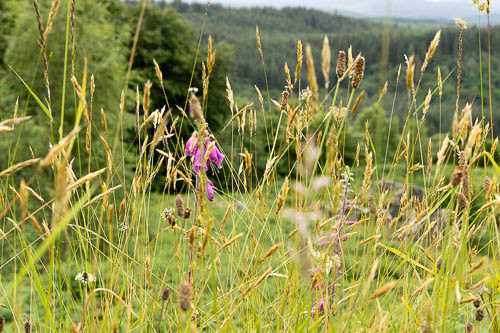
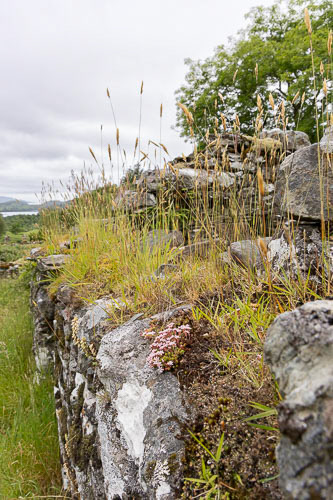



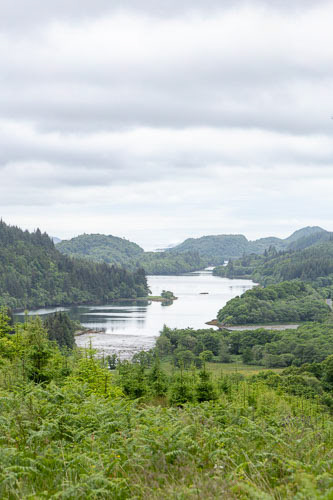
Close your eyes; imagine the warmth of the sun, the sounds of your village, the talk and the laughter. Imagine a life where your view stretched down to Loch Sween, where you fished for food, raised cattle, grew oats and barley. A place where women dyed wool fabric and sang ancient waulking songs, where men raised cattle and burned the surrounding oak to make charcoal. A place where bees buzzed, a clear bubbling brook provided clean water and the plentiful wildflowers fragranced the air and could be used as herbal remedies and to create dyes. Arichonan was a village where the people worked hard ,gathered around the hearth for Saturday ceilidhs and attended church on Sundays.
Then imagine being told you had to leave your home, had to vacate within one month.
Following the battle of Culloden and the ratification of the union, landowners had little need of a resident army and in fact were more often found residing in London. Often the land was sold to clear the debts of those absent landlords, although that does not seem to be the case here. The Malcolms were wealthy, but their wealth had been accumulated through African slaves working the sugar and cotton plantations in Jamaica. With the abolition of the British slave trade in 1807 Malcolm had to look to alternative means to supplement his wealth. Sheep grazing would amass a fortune far greater than the rent paid by tenants, sheep were worth more than people so the people had to be cleared from the land their families had farmed for many generations. The villagers did not go quietly and indeed repelled the Sheriff on more than one occasion, it is thought that on the second attempt to serve the eviction papers the men had been lured away in the hope that the women would be easier to deal with ; but no on this occasion the Sheriff and his men were rebuffed by the women of the village led by the widow Catherine MacLachlan, they were met with women armed with pitchforks and frying pans and promptly turned tail and ran. In fact, it is known that the women played an important role in defending their communities against clearance, often with devastating physical and mental consequences. Eventually a Gaelic interpreter was summoned and following discussion the villagers of Arichonan left peaceably.
The Highland Clearances are a brutal part of Scottish history, it was interesting that our visit to Arichonan coincided with reading Music in the Dark by Sally Magnusson, a tale not only of the clearance of an area but the aftermath for the people. I struggle with this aspect of our history it was never taught in school and was always just something mentioned in the passing; to delve into this part of Scottish history was difficult it hurt and I found it difficult initially to engage with. However this is an important part of my history and the history of Scotland and as such we need to engage, we need to understand, because fundamentally it’s part of what makes us Scottish. I am a firm believer that the history of our own nation must take priority in our learning.
My intention had been to portray the ruins in a sad way but it was a bright day, there was birdsong, the sound of bees, there were butterflies and so many wildflowers and I found myself wanting to celebrate the lives of those that lived in this beautiful place. I hope I have managed to bring some feeling of place with my images.
“Arichonan does not forget
The wind blows through the barn with it’s little three sided window
The wind has blown away the shouts and tears, the anger and fears of the people
But the wind still blows around Conans’ shieling
